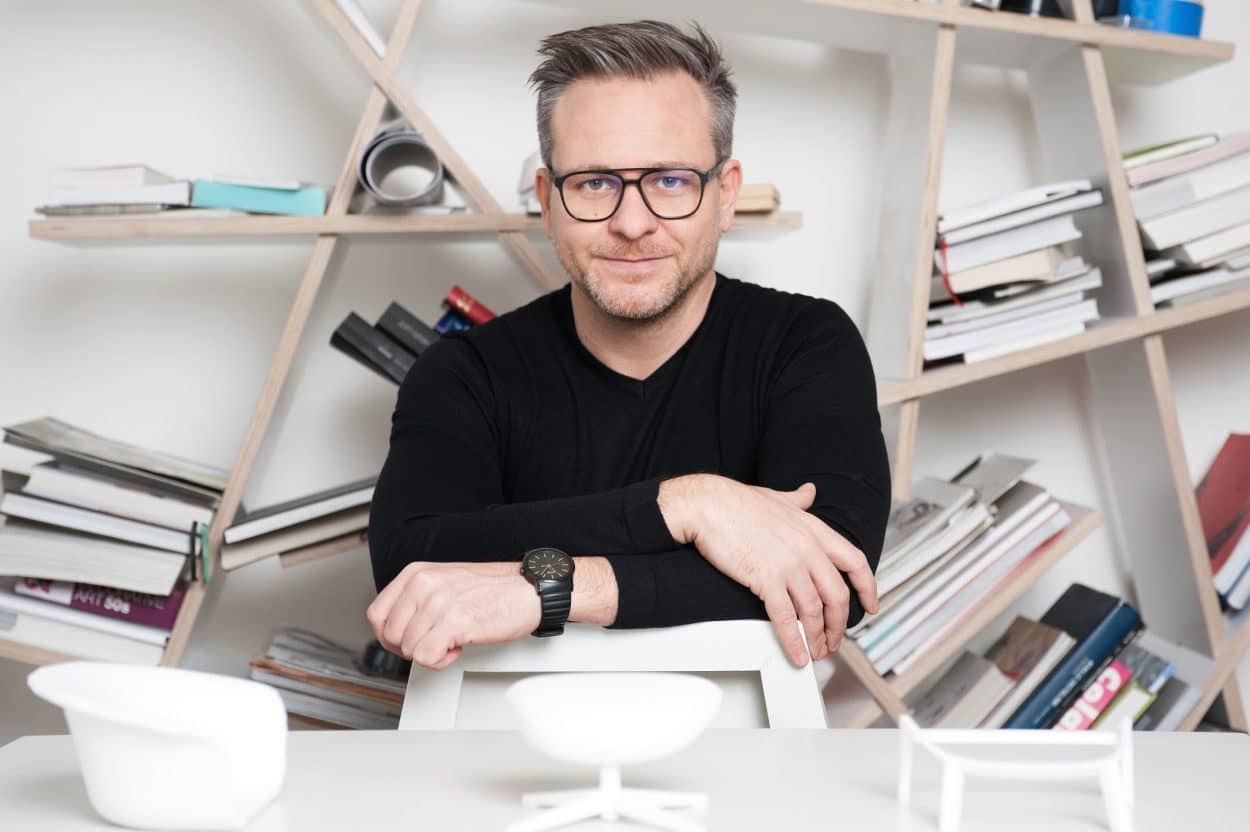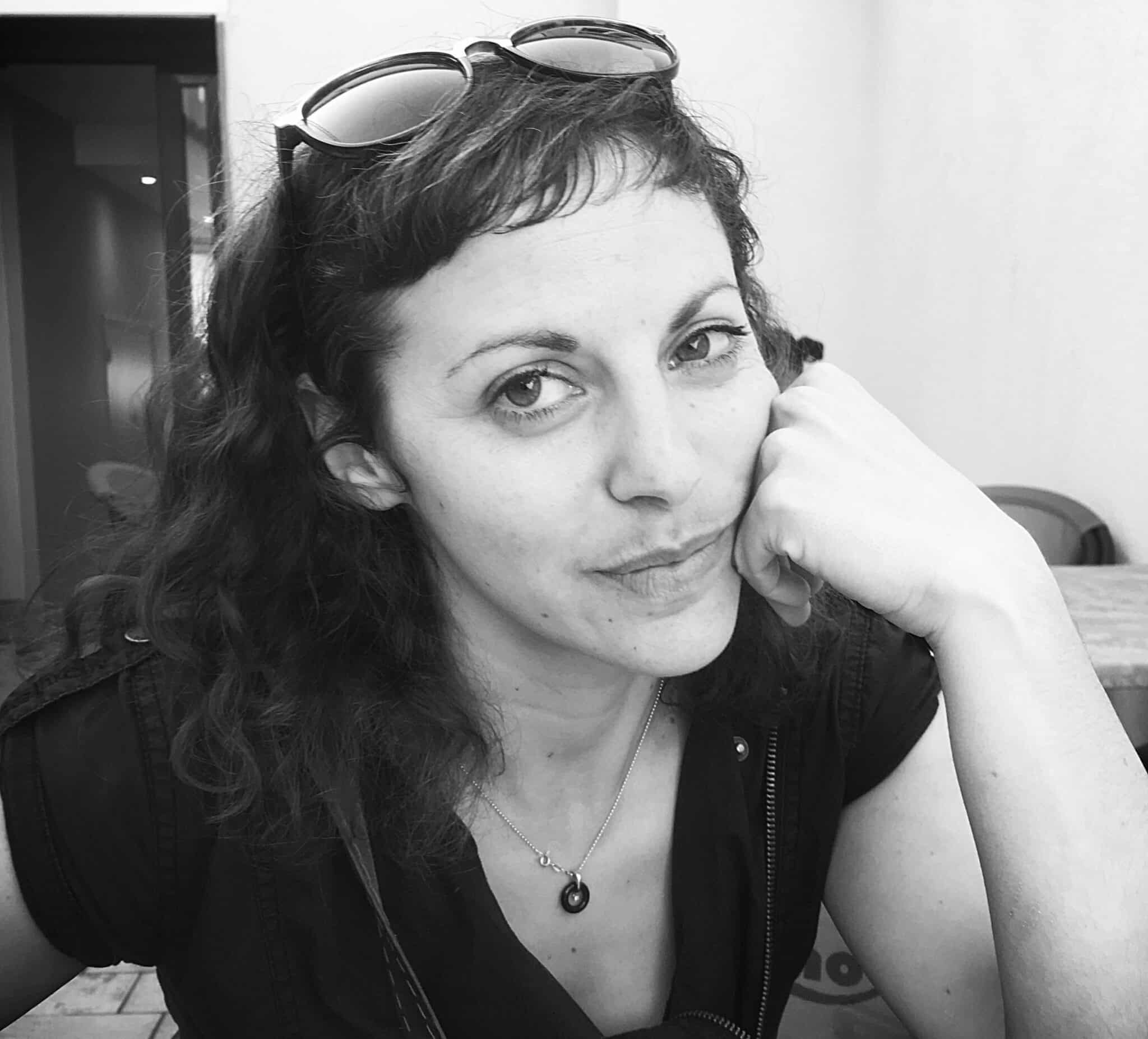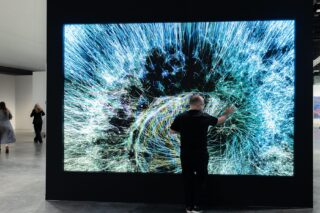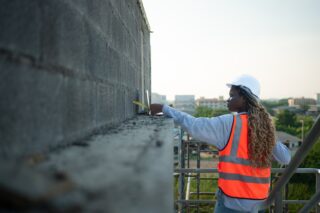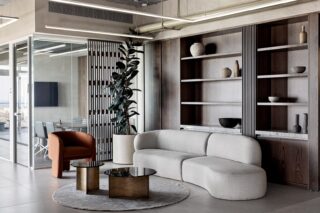“Before I make the first sketch, it’s important to know the company’s DNA, about its production possibilities and what makes the company unique,” Mutsch told ArchiExpo e-Magazine. ”It should make sense the product is for this specific company to manufacture.”
When Austrian designer Rainer Mutsch creates for a company, he allows the qualities of the company and material it specializes in drive the design. Mutsch, who opened his Vienna design studio in 2008 after working as a senior designer for Werner Aisslinger in Berlin, has created furniture for companies that focus on finding or developing quality material.
“I like to make objects that are capable of transporting the material. The design shouldn’t try something that the material is not capable of.”
Flexible and Asbestos-free
Mutsch developed the modular outdoor furniture collection Dune for Eternit in 2010 from the eponymous fiber-cement panels the company originally developed for roofs and siding. The 3-D-molded Dune collection consists of three different lounge chairs and a low table.
Eternit, invented in Austria at the end of the 19th century, is 100% recyclable and made from the natural components cellulose, fiber, water and cement. It is lightweight and resistant to frost and fire. Its entire product line uses an asbestos-free new technology.
Mutsch likes Eternit’s recyclability; however:
“Sustainability is not only about recycling,” he says. “It’s also about the design, how the product is made for which clients. If the design of this fiber-cement chair is appealing to me and speaks to me emotionally, it has a higher value for me.”
In order to create stable Dune lounge chairs with Eternit sheets that support up to 1000 kg on their surface, Mutsch experimented with the proper radius for bending the material that would give it maximum strength.
For Molto Luce in 2014, Mutsch again used Eternit for the SOFT lamp design. The lamp gets its sturdiness from a slight ripple shape, allowing for a minimum amount of material thickness.
“We had to reduced the material thickness to its very minimum. My invention is to combine it with certain geometries, deforming it three-dimensionally to get more stability.”
Angular but Comfortable
One of several designs Mutsch has created for Belgian company Sixinch is the CLIFFY sofa. Sixinch is the creator of a futuristic-looking coated polyurethane foam. They have many international manufacturing facilities in order to produce locally all over the world.
Innovating through restrictions, the idea for his 2011 Cliffy sofa “arrived from the limited two-dimensional production process.” This process involves cutting shapes from foam blocks and covering them with Softflex, a flexible coating mixture made for Sixinch.
For Cliffy, slices are cut from the foam then glued together in curving forms and covered with Softflex, composing a contemporary sculptural look.
“Because this material is soft, I can make an angular geometrical shape that is also comfortable.”
The coated foam’s durability makes it appropriate for public spaces. The Cliffy sofa can be found in Seoul, South Korea, at the Hankook Technodome, which opened in October 2016.
Working with Natural Materials
This year, Mutsch designed the AEON collection for Breitwieser, a company that specializes in interior objects made of natural stone and marble. Each elegantly curved Aeon table and shelf is unique despite following the same pattern.
“Because it’s a natural material, the shapes of the blocks are basically the same but inside you never know which way the veins will go,” says Mutsch.
For best results, Breitwieser manager Manfred Breitwieser, whose family has been in the stone business for three generations, helped select the marble blocks from the quarry in Carrara, Italy.
“It was like he could see through the stone,” Mutsch says of Breitwieser’s knowledge of the material.
Creating this collection was a big responsibility because of the individuality and cost of each marble block. Though this was Mutch’s first time working with marble, the Aeon design shows how experience has shaped his approach to new materials.
It was important to limit the weight of the pieces for the collection to be suitable for indoor use. After having reduced it to a minimum, the table still weighs 1200 kg and the shelf 700 kg.
Enduring Value
With a growing collection of work since starting his firm, Mutsch’s most rewarding pieces are the ones that endure. “I like products that are still in production—products everyone is still happy to be making and that people still enjoy using.”
It seems he’s on the right track. He has been reusing his Eternit innovations for seven years and advises other companies on how to work with the material. Cliffy has provided a resting place in Seoul, Tokyo, Antwerp and more, and with regards to Aeon, time will tell.
